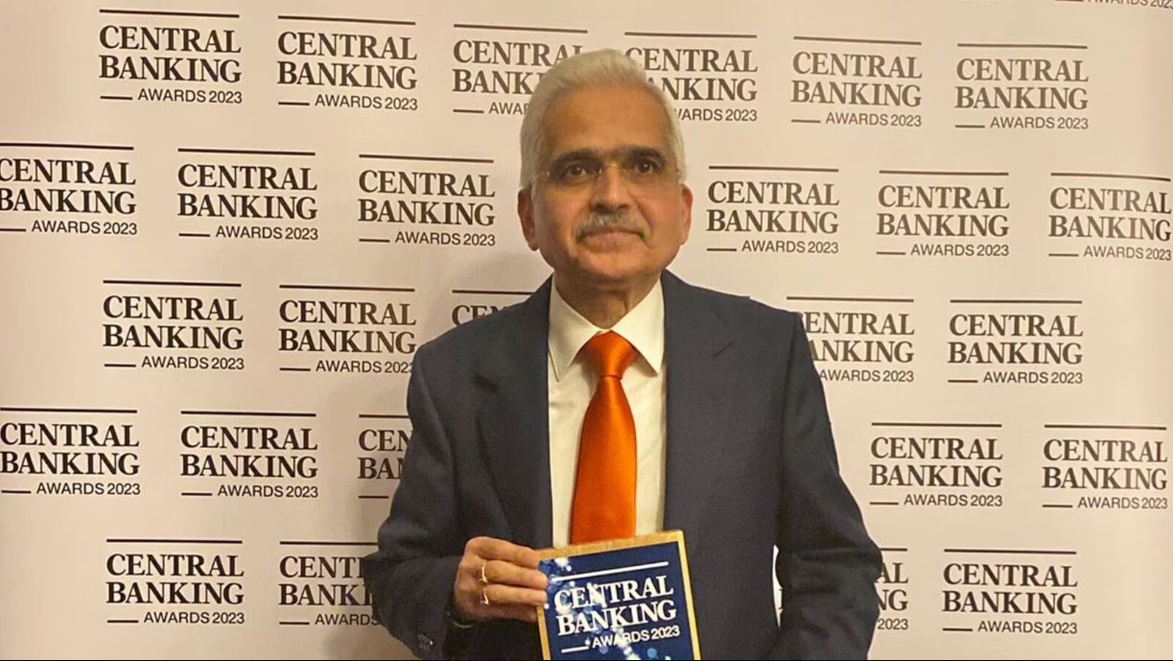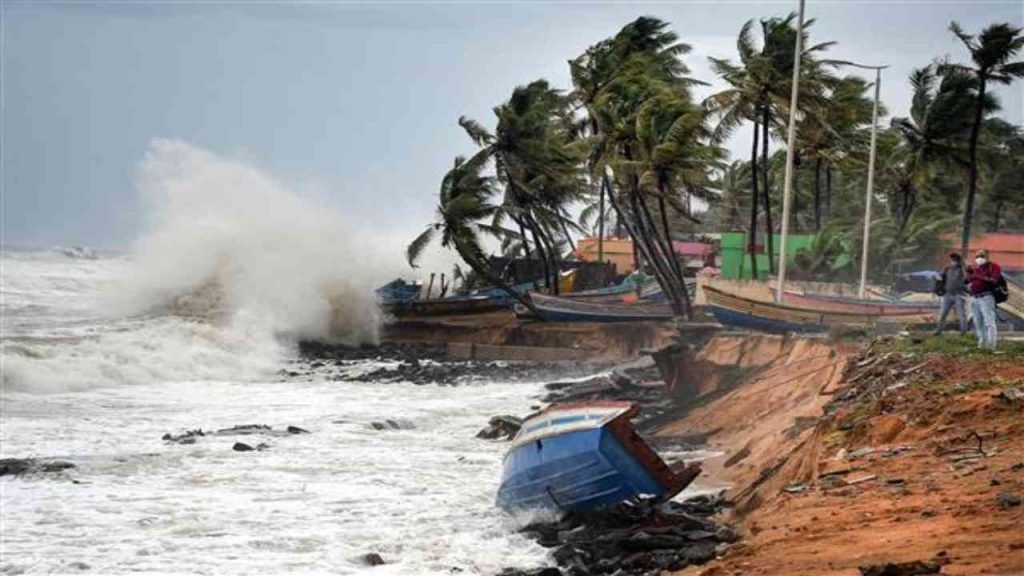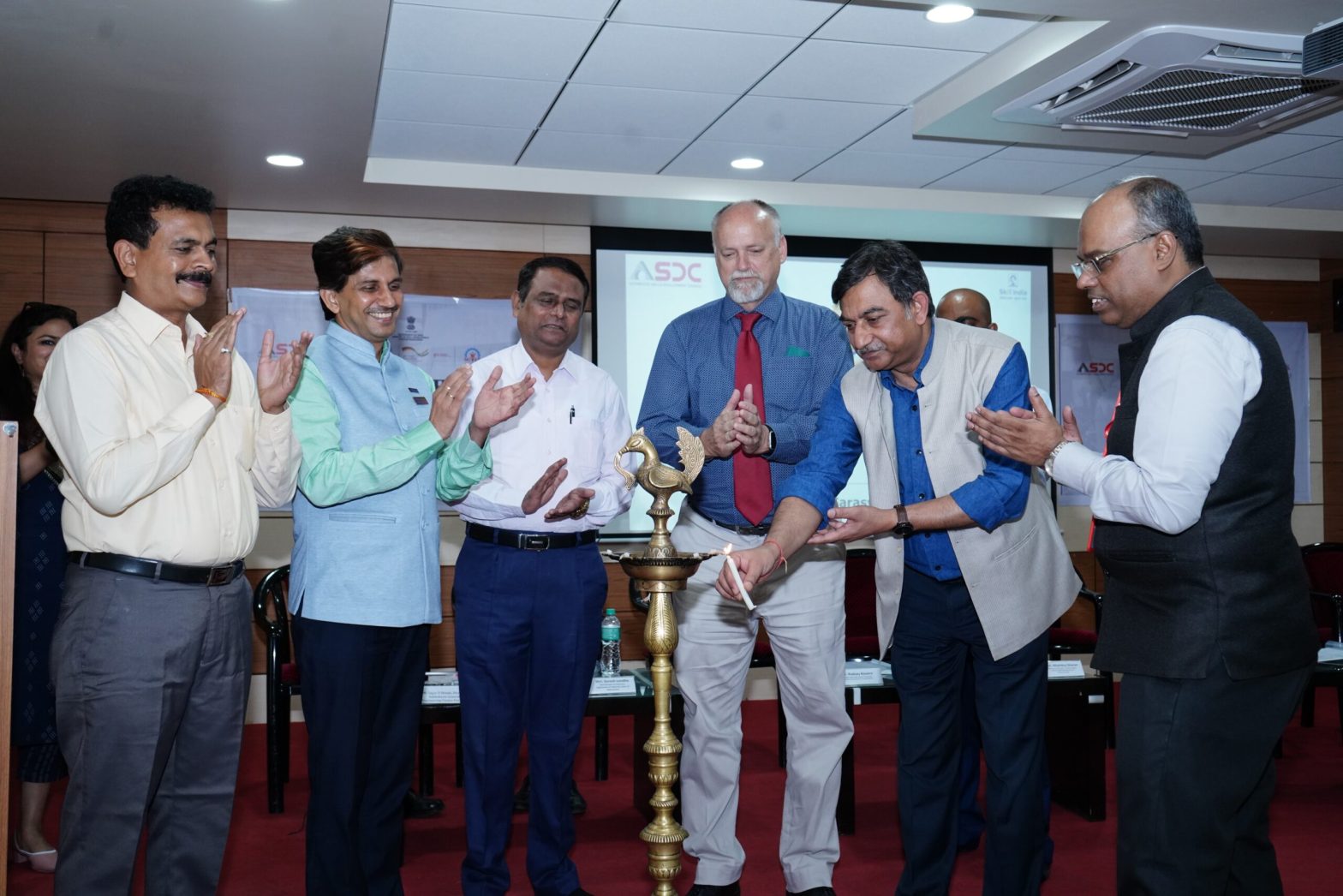Cyclone Biparjoy Live Location
Cyclone Biparjoy Live Location: The cyclone’s current position is approximately 1161 kilometers southeast of Masirah Island. Recent observations show that it has started moving in a northeasterly direction at a speed of 7 kilometers per hour. It is anticipated that the cyclone will reach its maximum intensity with winds reaching around 185 kilometers per hour. As a precautionary measure, warnings have been issued to people residing in coastal areas. The authorities have captured a three-dimensional image of the cyclone’s location, and personnel are actively engaged in monitoring and managing the situation.
Cyclone Biparjoy is classified as a tropical cyclone, characterized by anticipated wind speeds ranging from 125-135 kmph, with gusts potentially reaching 150 kmph upon landfall. The National Disaster Management Authority categorizes cyclones into two main types: extratropical cyclones and tropical cyclones.
Cyclone Biparjoy, Latest Update
- As per the government, 15 teams of NDRF (National Disaster Response Force), 12 of SDRF (State Disaster Response Force), 115 teams of the state road and building department, and 397 of the state electricity department have been deployed in different coastal districts.
- UAE astronaut Sultan Al Neyadi shared several images of Cyclone Biparjoy in the Arabian Sea on his Twitter account.
- The coastal districts of Gujarat are experiencing intense rainfall until June 17, prompting the Chief Minister to lead a meeting to assess the state’s readiness. The government of Gujarat aims to evacuate approximately 55,000 individuals, with over 47,000 already relocated to secure locations.
- Authorities evacuated approximately 30,000 individuals residing in coastal regions and relocated them to temporary shelters in preparation for the anticipated landfall of cyclone Biparjoy near Jakhau port in Gujarat’s Kutch district. The Army, in collaboration with the National Disaster Response Force (NDRF), is formulating relief strategies for the affected areas.
- The Indian Meteorological Department (IMD) has issued a storm surge warning for the coastal regions of Gujarat in anticipation of the approaching very severe cyclonic storm, Biparjoy. The IMD has cautioned that the low-lying areas of Kachchh, Devbhumi Dwarka, Porbandar, Jamnagar, and Morbi districts are at risk of being inundated. Although Biparjoy has weakened slightly from its previous intensity, experts have issued a stern warning that it could regain strength and potentially cause massive devastation in Gujarat through the occurrence of colossal storm surges.
Cyclone Biparjoy: India Issues Alerts
Cyclone Biparjoy is a low-pressure area that is currently forming over the Southeast Arabian Sea. It is expected to intensify into a depression in the next 48 hours and may reach cyclonic storm intensity in the subsequent 72 hours. The track of the cyclone is not yet clear, but it is likely to move towards the West Coast of India. Cyclone Biparjoy is the first cyclone to form in the Arabian Sea this season. The monsoon season in India typically begins in June and lasts until September.
The cyclone is expected to bring heavy rains and strong winds to the West Coast of India. The heaviest rains are expected to fall in the states of Gujarat, Maharashtra, and Karnataka. The strong winds could cause power outages and damage to property. People in the affected areas are advised to take precautions and stay safe.
Cyclone Biparjoy: IMD issues alert for fishermen
The India Meteorological Department (IMD) has given a notice to all ports in Gujarat, directing them to raise the distant warning (DW II) signal as a deep depression in the Arabian Sea has developed into a cyclonic storm named “Biparjoy.” As per the IMD, the storm has changed its course towards the north and presents potential dangers to the coastal areas.
How Cyclone Biparjoy got its name?
The name Biparjoy was given to the cyclone by Bangladesh. The World Meteorological Organization (WMO) names tropical cyclones in alphabetical order according to the names submitted by member countries. Bangladesh submitted the name Biparjoy, which means “Disaster” in Bengali.
The India Meteorological Department (IMD) is closely monitoring the cyclone and will issue advisories as needed. Residents of coastal areas are advised to be prepared for possible flooding and other impacts from the cyclone.
Cyclone Mocha: All About The Storm
Here are some of the possible impacts of Cyclone Biparjoy:
- Heavy rainfall
- Strong winds
- Storm surge
- Flooding
- Landslides
- Power outages
- Communication disruptions
- Damage to property and infrastructure
Possible route for Cyclone Biparjoy
As of June 6, 2023, Cyclone Biparjoy is a low-pressure area over the southeast Arabian Sea. It is expected to intensify into a depression by June 8 and a cyclone by June 9. The cyclone is forecast to move northwards along the west coast of India and make landfall in Gujarat on June 10. After landfall, the cyclone is expected to weaken and move into Pakistan.
The following is a possible route for Cyclone Biparjoy
- June 8: Low-pressure area intensifies into a depression over the southeast Arabian Sea.
- June 9: Depression intensifies into a cyclone over the east-central Arabian Sea.
- June 10: Cyclone makes landfall in Gujarat.
- June 11: Cyclone weakens and moves into Pakistan.
Tropical Cyclone Fabien Moves Southeast Of Diego Garcia
How IMD decide cyclone named?
The India Meteorological Department (IMD) decides cyclone names in a collaborative effort with other countries in the region. Each country in the region submits a list of 13 names, and the names are then rotated through a pre-determined schedule. The names are chosen to be short, easy to pronounce, and gender-neutral. They are also chosen to be culturally sensitive and not offensive to any group of people.
The IMD uses a six-year cycle for its list of cyclone names. Once a name is used, it is retired and cannot be used again. The current list of cyclone names for the North Indian Ocean is as follows:
- Nisarga (Bangladesh)
- Gati (India)
- Akash (Sri Lanka)
- Gulab (Pakistan)
- Fani (Myanmar)
- Vayu (Thailand)
- Hidimba (Afghanistan)
- Mora (Iran)
- Tauktae (Oman)
- Yaas (Qatar)
How it will impact weather, monsoon in India?
The usual arrival of the southwest monsoon in Kerala on June 1, with a standard deviation of around seven days, has been delayed due to a low-pressure system in the Arabian Sea. However, scientists clarify that this delay does not necessarily mean that the monsoon will be late in other parts of the country, nor does it affect the overall rainfall during the season.
The Meteorological Department has stated that the cyclonic storm will significantly impact the progression of the monsoon towards the Kerala coast. Currently, no specific date has been provided for the monsoon’s arrival in Kerala. The private weather forecasting agency, Skymet Weather, suggests that it may occur on either June 8 or June 9, but with a relatively gentle and subdued onset.
Find More Miscellaneous News Here


















